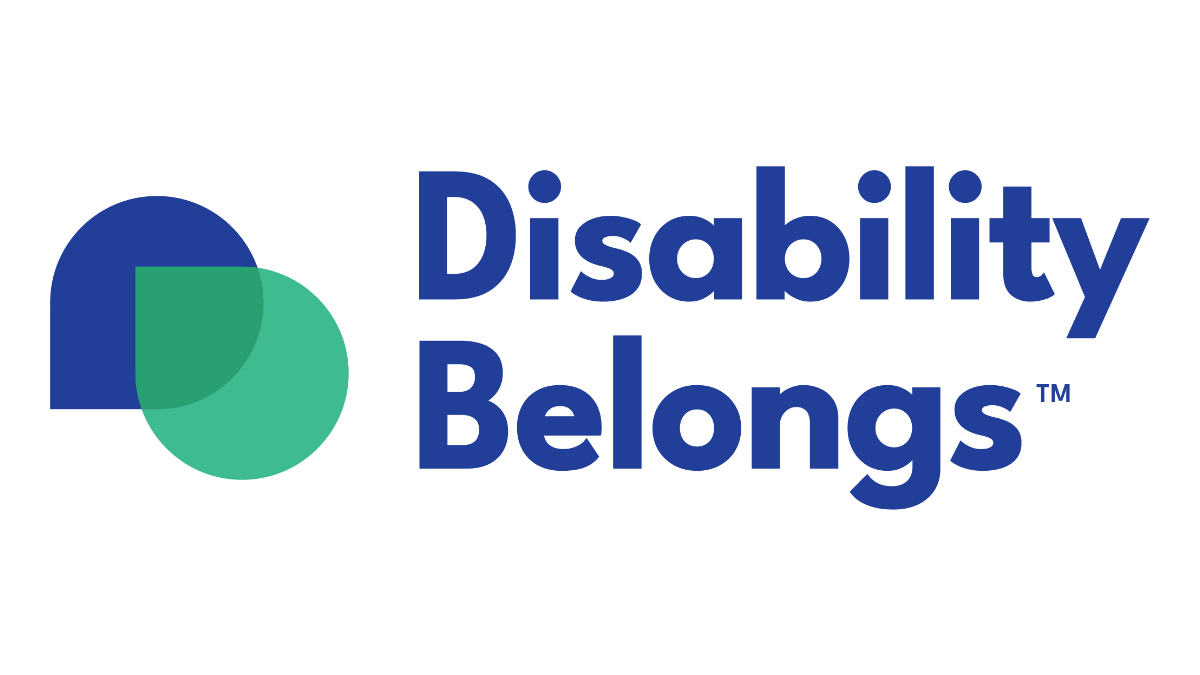More than 600,000 nonprofit organizations in the United States are dedicated to causes of every description, and information about each of these and where they are located is readily accessible online.[1] As students and job seekers delve into endless possibilities, they may decide to consider factors such as salary, proximity to one’s residence, and the potential for advancement.
Job seekers with disabilities may want to consider working for a small business. “According to the Small Business Administration (SBA), there are more than 28.8 million small businesses in the United States (those with fewer than 500 employees), representing 99.7% of all employers and employing 56.8 million people, which amounts to 48% of the private workforce.” Small businesses can benefit from reading Research Brief: Small Business and the ADA. Specific topics include barriers to supporting people with disabilities as employees, factors for increasing employment, benefits of providing accommodations, and employing people with disabilities and serving customers with disabilities. Business owners also may want to learn about the tax credits and tax deductions that are available for making accessible architectural adaptations, equipment acquisition, services such as sign language interpreters and transportation adaptations.
Employers and would-be employees with disabilities may find one another by tapping into the public workforce system. Small, medium, and large businesses may take advantage of a unique opportunity to have their human capital needs met by allying themselves with local and state Workforce Development Boards[2] which oversee the nearly 2,400 American Job Centers around the country. Job seekers with disabilities can become a part of this pipeline of qualified workers by tapping into these centers.[3]
People with disabilities as well as the business community also can learn about accessibility of electronic and information technology. Organizations and agencies can enhance their accessibility by adhering to related principles. And entrepreneurs and employees with and without disabilities, who develop expertise in this high-demand field[4] have the opportunity to make a practical difference in people’s lives while increasing their employment opportunities. Best practices for website accessibility have been developed by the World Wide Web Consortium (W3C), which oversees the Web Accessibility Initiative. This initiative developed the Web Content Accessibility Guidelines (WCAG) 2.0, which “covers a wide range of recommendations for making web content more accessible. Following these guidelines will make content accessible to a wider range of people with disabilities, including blindness and low vision, deafness and hearing loss, learning disabilities, cognitive limitations, limited movement, speech disabilities, photosensitivity, and combinations of these.”[5] WCAG 2.1 is more extensive than 2.0, but both offer important technical standards.[6] The ADA Technical Assistance Center, Great Lakes Region has organized several webinars covering Online Accessibility, Accessible Technology and Section 508. Courses on accessibility, ranging from introductory to advanced, are also available online and are free of charge to persons with disabilities.[7] To enhance students’ understanding of digital accessibility as they learn to design, develop, and build new technologies, Teach Access has been organized as “an active collaboration among education, industry, and disability advocacy organizations.” Technology companies include Adobe, Apple, EY, Facebook, Google, Knowbility, Microsoft, Oracle, and The Paciello Group. Another illustration of collaboration is Jennison Asuncion’s and Joe Devon’s Global Accessibility Awareness Day (GAAD) in 2011 (taking place every May) with free online training.
In both the nonprofit and private sectors, innovative efforts have been afoot to expand career possibilities for people with all types of disabilities. These efforts have evolved from being charity-oriented to ones that focus on the business case for integrating more people with disabilities in jobs of every description, including in tasks that may not have been practical or possible for those with certain types of disabilities.[8]
For those individuals who want to start businesses of their own, the Small Business Administration has information to assist entrepreneurs with disabilities to become successful. Those on SSI seeking to establish a Plan to Achieve Self-Support (PASS) as a way to becoming self-employed may set aside money for starting their own businesses, but they must first develop a business plan. It’s important to remember that if you are receiving services from Vocational Rehabilitation, they also can help you with your goal of starting a small business. States vary in their approaches to funding self-employment, but most VR counselors will ask you for a draft business plan, and the SBA offers helpful information about preparing one. Other important information also is available from DIVERSEability Magazine to help entrepreneurs with disabilities own and operate their own businesses successfully.
[1] http://www.GuideStar.org and https://www.charitynavigator.org.
[2] “Workforce Development Boards (WDBs) are part of the Public Workforce System, a network of federal, state, and local offices that support economic expansion and develop the talent of the nation’s workforce. State and local WDBs serve as connectors between the U.S. Department of Labor and local American Job Centers that deliver services to workers and employers.” See “What Is a WDB?,” CareerOneStop Business Center, https://www.careeronestop.org/BusinessCenter/TrainAndRetain/FundingEmployeeTraining/what-is-a-WDB.aspx.
[4] “Web accessibility jobs focus on analyzing, auditing, and improving the accessibility of websites and web applications. [D]uties as a web accessibility professional may include app, website, and online content accessibility.” See “Web Accessibility Jobs,” ZipRecruiter, https://www.ziprecruiter.com/Jobs/Web-Accessibility. For additional job listings in this field, also see Indeed.com, https://www.indeed.com/jobs?q=Web+Accessibility+Expert&l=.
[5] “Web Content Accessibility Guidelines (WCAG) 2.0,” Web Accessibility Initiative, World Wide Web Consortium, https://www.w3.org/TR/WCAG20.
[6] “WCAG 2.0 and WCAG 2.1 are stable, referenceable technical standards. They have 12-13 guidelines that are organized under 4 principles: perceivable, operable, understandable, and robust.” See “Web Content Accessibility Guidelines (WCAG) Overview,” World Wide Web Consortium, https://www.w3.org/WAI/standards-guidelines/wcag.
[7] “Apply for Free Access to Deque Courses (with a qualifying disability),” Deque University, https://dequeuniversity.com/scholarships/apply.
[8] “Groundbreaking research from Accenture in partnership with Disability:IN and the American Association of People with Disabilities reveals the financial benefits of including people with disabilities in business.” See “Business Case for Disability Inclusion,” Disability:IN, https://disabilityin.org/resource/business-case. Also see “Supporting People with Disabilities at Booz Allen,” Booz Allen Hamilton, https://www.boozallen.com/e/culture/diverseability-forum-supporting-disability-initiatives.html.




